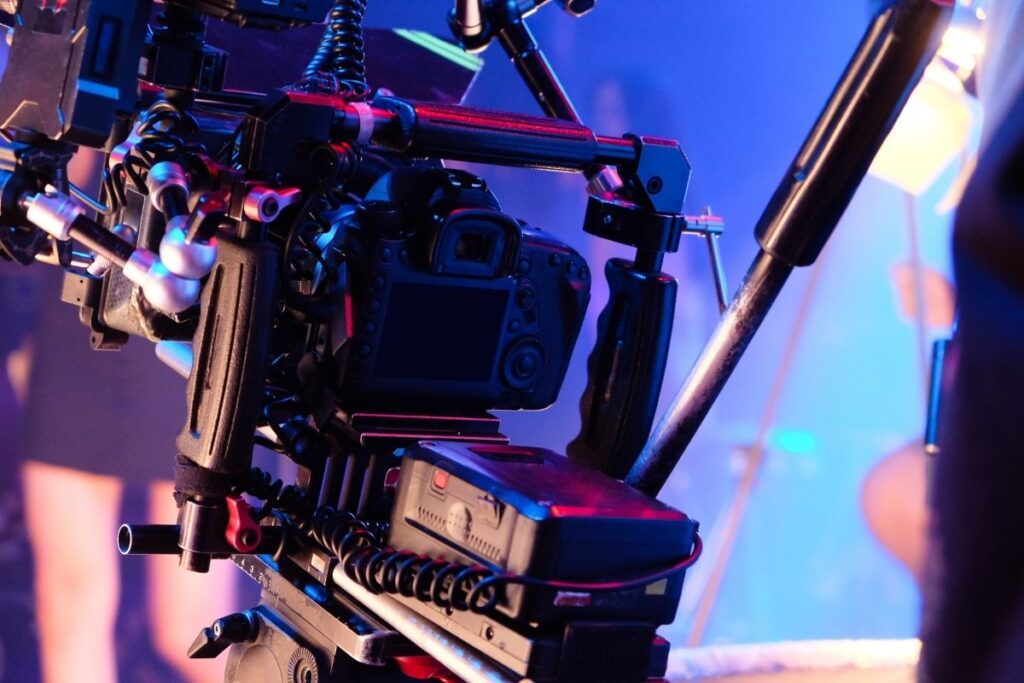“The 1930s and 1940s were kind of the heyday of the American studio system. It was the heyday of Japanese filmmaking—many amazing filmmakers were doing so much work; however, the studio systems were still being established. And when Alrick Brown says the system, he means these things are built to just create and crank out stories. So, filmmakers became adept in storytelling because they had to constantly kick out stories,” Brown explains.
These were the filmmakers Brown first watched—Hitchcock, Orson Welles, they all came from that system. Brown continues, “Filmmakers like Ozu and Kurosawa also started their careers. It’s when I started seeing films that came before them; it was Buster Keaton, and it was Charlie Chaplin.”
Now, this new generation of filmmakers who grew up watching Keaton and Chaplin were making films. But these filmmakers functioned more independently and had a system that supported them.
Brown explains, “Films were often made while being written in these studio systems because they were just cranking out material. They put stars under contract—you are under contract; you made a certain number of films. They put directors and producers under contract.”
“And so, it was a film studio—with filmmaking machines. And in that machine system, some people were excluded. A lot of stories were excluded, as well as a lot of people who weren’t included in that part of the journey. European filmmakers who grew up on some of these American films, and were like, that’s not about them,” says Brown.
There were formulas to filmmaking. You had to believe that the French New Wave had some filmmakers trying more innovative things, that they were looking at the formulaic approach to some of the romance films that were coming out of Hollywood.
“Film noir was another popular genre in the 1930s and 1940s. This genre focuses intensely on a particular style or look. Film noir was a genre that had certain conventions it practiced. The audience always knew who the hero and villain were. They knew who the femme fatale was. This formulaic type of filmmaking, although entertaining for the masses, bred populations of filmmakers who thought of doing something different. They forgot about the narrative in the same way,” Brown states.
Brown further explains, “The filmmakers thought to loosen up the storytelling just a bit, where they were not going have this person be the hero, but instead, make them kind of a haunted hero, particularly after the war when many men came back with ailments from the war.”

The Complete Guide in Applying Makeup
Uncover the secrets of beauty with a home study course and learn makeup step by step at your own pace. Boost your skills and unleash your creativity today.







